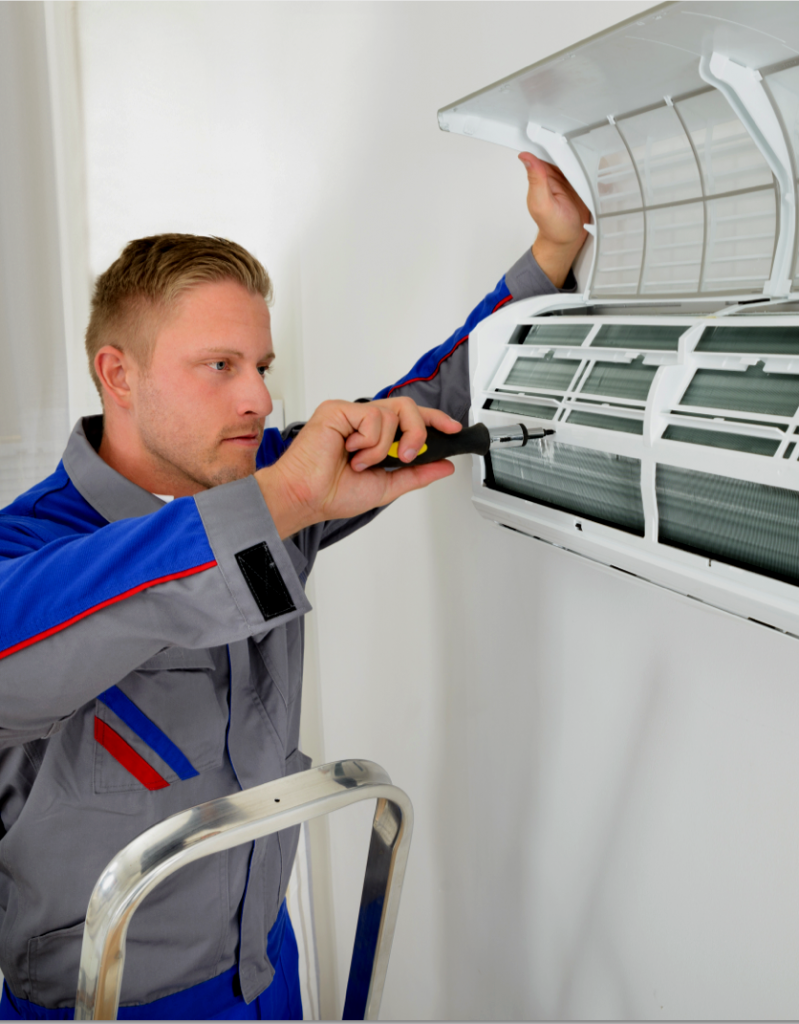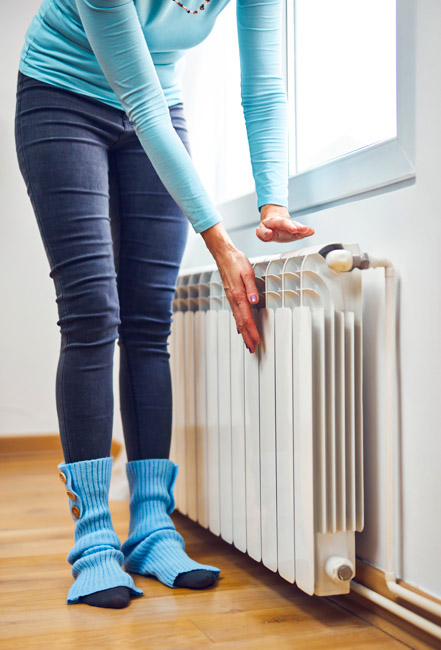Preventative Vs. Reactive HVAC Maintenance: Which Is Better?
This article examines the debate between preventative and reactive HVAC maintenance.
In order to determine which is better, economic and environmental factors must be taken into consideration as well as an understanding of how each type of maintenance works.
It is essential to understand both sides of the argument in order to make an informed decision on what will work best for a given individual or organization.
By exploring this topic in depth, readers can gain insight into the advantages and disadvantages of preventative vs reactive HVAC maintenance.
Overview Of Hvac Maintenance
HVAC systems are essential for the proper functioning of residential and commercial buildings. They keep air circulating, maintain ideal temperatures, filter out dust and other allergens, and reduce humidity levels. As such, an effective maintenance strategy is key to ensure that HVAC systems remain in optimal condition.
When it comes to HVAC maintenance strategies, there are two main approaches: preventative and reactive. Preventative maintenance involves regular inspections and proactive repairs or replacements before issues arise. This helps to promote efficiency while extending the service life of the system.
Reactive maintenance on the other hand focuses on performing repairs when a breakdown occurs or symptoms become apparent. While this approach can be more cost-efficient in the short term, it can lead to increased expenses over time as components fail earlier than expected due to neglect or lack of preventive measures.

Given these considerations, it is clear that preventative maintenance is generally better from a long-term perspective since it enables systems to work at their best with fewer costly repairs down the line. Furthermore, routine checkups help identify potential problems before they occur which reduces downtime significantly whereas reactive methods may take longer to diagnose and fix existing issues.
Benefits And Drawbacks Of Preventative Maintenance
HVAC maintenance is an important part of keeping a building’s air conditioning and heating system functioning properly. Preventative HVAC maintenance can have numerous benefits compared to reactive maintenance, as it allows for the identification and repair of potential issues before they become major problems.
One benefit of preventative HVAC maintenance is that it helps increase energy efficiency in buildings. Regular inspections and cleaning of components help ensure that all parts are working at full capacity, therefore reducing the amount of energy used by the system.
Pros And Cons Of Reactive Maintenance
Reactive HVAC maintenance involves responding to system issues as they arise. This type of maintenance can be costly, as professionals are needed for each repair and the cost per visit may be high depending on the issue. Additionally, it is not possible to predict when a problem will occur or how much money needs to be invested in repairs.
Reactive maintenance also does not allow for preventive care that could increase energy savings and improve air quality within the building.
Preventive maintenance also provides peace of mind knowing that your equipment is running efficiently without having to worry about unexpected breakdowns or repairs. Overall, preventative HVAC maintenance offers greater benefits than reactive approaches due its ability to save time and money through early detection of problems while improving indoor air quality with fewer energy costs associated with operating the system over time.
Cost Considerations
When considering cost considerations, preventative HVAC maintenance is often more economical in the long run.
Compared to reactive strategies that only address issues as they arise, preventative measures are better suited for preventing future problems and keeping equipment running longer.
Upfront costs may be higher but with technology upgrades and energy efficiency improvements, those costs can be recouped in a relatively short amount of time.
Preventative maintenance also gives users greater control over their budgets by providing predictability when it comes to repair costs.
By scheduling regular inspections or tune-ups, homeowners know exactly how much money will be spent on upkeep each year and can plan accordingly.
This eliminates the risk of costly repairs due to lack of preventive care and ensures a comfortable living environment without unexpected surprises from outdated systems or inefficient operations.
Environmental Impact
Preventative HVAC maintenance has the advantage of keeping energy efficiency and air quality in optimal condition. By scheduling regular inspections, technicians can identify any potential problems before they become major issues. This helps to ensure proper function of HVAC systems, avoiding unnecessary damage or repairs. Proactive maintenance also prevents more serious system failures that could lead to costly downtime or expensive replacements.
In addition, preventative measures reduce emissions from HVAC units and help maintain strict standards for indoor air quality that are necessary for occupant health and comfort.
Reactive HVAC maintenance is often required when a problem exists but was not identified during scheduled preventive checks. In this case, an emergency repair may be needed due to sudden breakdowns or malfunctions caused by old age, wear-and-tear or incorrect installation. While reactive measures address urgent needs quickly, they do not guarantee long-term solutions as preventive checkups do.

When To Use Preventative Maintenance
The environmental impact of HVAC maintenance is an important factor to consider when determining whether preventative or reactive maintenance is better.
In terms of energy efficiency and cost savings, preventive maintenance plans are the superior option. Preventive maintenance involves conducting routine inspections and repairs on a regular basis that can detect minor issues before they become major ones. This approach helps extend the life of systems by preventing unexpected breakdowns, which can be costly in both time and resources.
Additionally, since preventive maintenance keeps equipment running efficiently and at peak performance levels, it reduces energy consumption and lowers utility bills over time.
When To Use Reactive Maintenance
The purpose of an HVAC maintenance plan is to ensure the system runs properly and efficiently, while preventing any major breakdowns.
Reactive maintenance can be beneficial when considering scheduling needs or budget constraints; however, it should not replace preventative maintenance entirely.
When using reactive maintenance as part of a broader strategy for maintaining an HVAC system, there are several key points to consider in order to lower long-term costs and avoid emergency repairs.
Reactive maintenance helps relieve some immediate pressures from scheduling needs, allowing technicians more time to focus on planned services such as inspections or replacements.
It also allows businesses to respond quickly if something goes wrong with their HVAC systems, minimizing downtime and potential disruption.
However, due to limited resources available for repair work under reactive maintenance, problems may become larger before they are addressed.
As a result, many companies end up paying more for emergency repairs than they would have needed to pay for pre-planned ones – leading to higher overall maintenance costs down the line.







